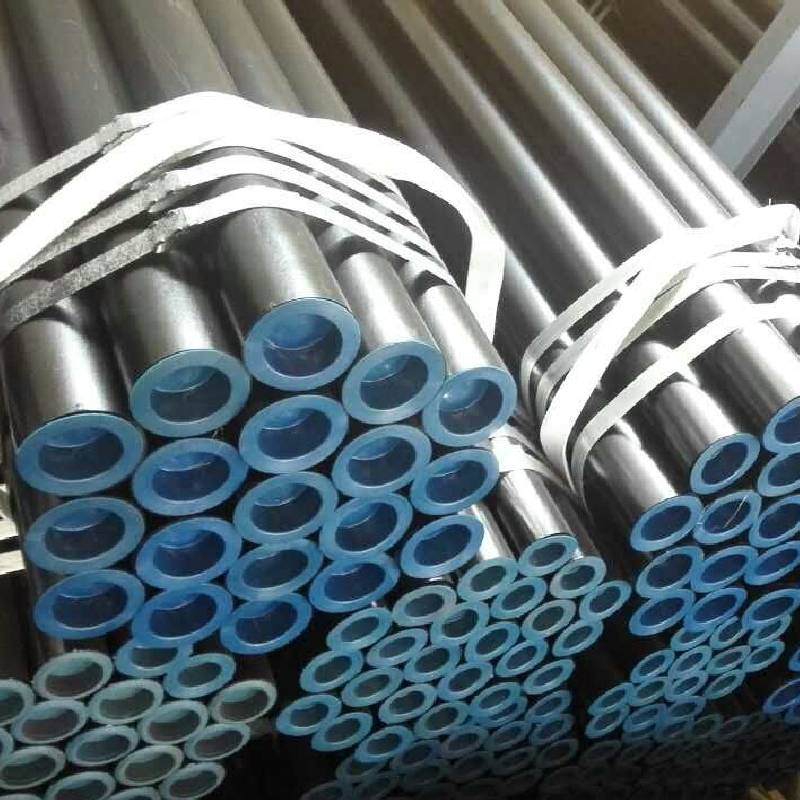-
Cangzhou Yulong Steel Co., Ltd.
-
Phone:
+86 13303177267 -
Email:
admin@ylsteelfittings.com
- English
- Arabic
- Italian
- Spanish
- Portuguese
- German
- kazakh
- Persian
- Greek
- French
- Russian
- Polish
- Thai
- Indonesian
- Vietnamese
- Zulu
- Korean
- Uzbek
- Hindi
- Serbian
- Malay
- Ukrainian
- Gujarati
- Haitian Creole
- hausa
- hawaiian
- Hebrew
- Miao
- Hungarian
- Icelandic
- igbo
- irish
- Japanese
- Javanese
- Kannada
- Khmer
- Rwandese
- Afrikaans
- Albanian
- Amharic
- Armenian
- Azerbaijani
- Basque
- Belarusian
- Bengali
- Bosnian
- Bulgarian
- Catalan
- Cebuano
- China
- China (Taiwan)
- Corsican
- Croatian
- Czech
- Danish
- Esperanto
- Estonian
- Finnish
- Frisian
- Galician
- Georgian
- Kurdish
- Kyrgyz
- Lao
- Latin
- Latvian
- Lithuanian
- Luxembourgish
- Macedonian
- Malgashi
- Malayalam
- Maltese
- Maori
- Marathi
- Mongolian
- Myanmar
- Nepali
- Norwegian
- Norwegian
- Occitan
- Pashto
- Dutch
- Punjabi
- Romanian
- Samoan
- Scottish Gaelic
- Sesotho
- Shona
- Sindhi
- Sinhala
- Slovak
- Slovenian
- Somali
- Sundanese
- Swahili
- Swedish
- Tagalog
- Tajik
- Tamil
- Tatar
- Telugu
- Turkish
- Turkmen
- Urdu
- Uighur
- Welsh
- Bantu
- Yiddish
- Yoruba

Aug . 30, 2024 06:55 Back to list
JIS B2220 5K Flange Dimensions
Understanding JIS B2220 5K Flange Dimensions
The JIS B2220 standard, established by the Japanese Industrial Standards (JIS), outlines specifications for flanges that are critical components in piping systems across various industries. Specifically, the JIS B2220 5K flange dimensions are essential for engineers, designers, and maintenance personnel to ensure compatibility and reliability in fluid and gas transportation systems.
Definition and Application
Flanges are flat pieces of metal, typically circular, that are used to connect pipes, valves, pumps, and other equipment to form a pipeline system. The significance of flanges lies in their ability to provide strong connections while allowing for easy disassembly for maintenance and repairs. The JIS B2220 standard includes various pressure classes, with the 5K designation indicating a specific pressure rating suitable for medium-pressure applications. These flanges are made from various materials like carbon steel, stainless steel, and alloy metals to withstand different operating conditions.
Dimensions and Specifications
The JIS B2220 5K flanges come in different sizes, and the dimensions are standardized to ensure consistency in design and application. The main dimensions defined in the standard include
1. Nominal Diameter (DN) This refers to the diameter of the pipe that the flange will connect to. Standard sizes typically range from DN 10 (10mm) to DN 80 (80mm), ensuring compatibility with different piping systems.
2. Bolt Hole Circle Diameter (D) This is the diameter of the circle formed by the center of the bolt holes, which is critical for ensuring that the flange can be bolted correctly to other flanges or equipment.
jis b2220 5k flange dimensions

3. Number of Bolt Holes (n) The flanges have a specific number of bolt holes depending on their size. This is crucial for evenly distributing forces and avoiding stress concentrations that could lead to failure.
4. Bolt Hole Diameter (d) The diameter of the holes through which bolts will be inserted. This is essential for selection of appropriate bolts to ensure secure fastening.
5. Thickness (t) The thickness of the flange material, which varies based on the nominal diameter and pressure rating. Thicker flanges can withstand higher pressures.
6. Face Type JIS B2220 specifies various face types including raised face, flat face, and others. The face type plays a significant role in sealing capability under pressure.
Importance of Compliance
Adhering to JIS B2220 5K flange dimensions is crucial for several reasons. Firstly, it ensures that the flanges will fit properly with other components, preventing leaks and failures. Secondly, using standardized flanges enhances safety by meeting industry regulations and recommended practices. Lastly, it simplifies procurement and inventory management, as engineers can easily specify and source the required parts without extensive customization.
Conclusion
In summary, the JIS B2220 5K flange dimensions are a vital aspect of designing and maintaining efficient and safe piping systems. Understanding these specifications not only aids in compatibility and installation but also enriches knowledge of fluid dynamics, pressure ratings, and material choices in mechanical and industrial engineering. As industries evolve, the importance of standardized components, like the JIS B2220 5K flanges, continues to grow, fostering reliability and efficiency in mechanical systems worldwide.
Latest news
-
ANSI 150P SS304 SO FLANGE
NewsFeb.14,2025
-
ASTM A333GR6 STEEL PIPE
NewsJan.20,2025
-
ANSI B16.5 WELDING NECK FLANGE
NewsJan.15,2026
-
ANSI B16.5 SLIP-ON FLANGE
NewsApr.19,2024
-
SABS 1123 FLANGE
NewsJan.15,2025
-
DIN86044 PLATE FLANGE
NewsApr.19,2024
-
DIN2527 BLIND FLANGE
NewsApr.12,2024
-
JIS B2311 Butt-Welding Fittings LR/SR 45°/90° /180°Seamless/Weld
NewsApr.23,2024











